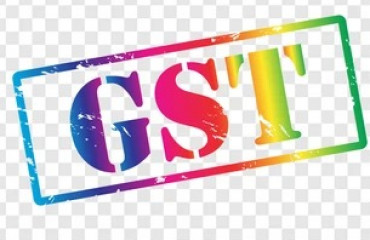
As news of changes in GST slabs and possible increase in GST on Business and Premium Economy makes the rounds, the impact will definitely be felt to the consumers.
In 2021, Lufthansa CEO Carsten Spohr called the Premium Economy a game-changer. Even in the middle of the pandemic, he said, "Premium Economy has been introduced to all network airlines in the past few years. Its contribution per square metre is 39% higher than that of a Business Class seat.
"Premium Economy has been a great success. [It has] higher margins per square metre of square feet than Business Class, Economy Class, or First Class... We see a lot more upgrades from Economy to Premium Economy than downgrades from Business to Premium Economy, which we of course want to avoid."
In 2016, Vistara, the Tata-SIA airline, started operations in India with a three-class configuration, which was premium-heavy and introduced the Premium Economy class in domestic aviation. Premium Economy had already made its debut with international carriers, but seats to India were few. Vistara itself had to reconfigure its planes not once but twice and reduce the premium offering, but on the other side of merging with Air India, Air India is reconfiguring its aircraft from dual class to triple class and introducing Premium Economy in all its flights.
Quantum jump in premium economy seats in India
Data shared by Cirium, an aviation analytics company, exclusively for this article, shows that there has been a quantum jump in Premium Economy seats in India and its share in the total seats in the market. In November 2019, at the beginning of the Winter schedule, the total departure seats in India, both domestic and international, stood at 29.33 lakh per week. The split between the travel classes saw 1,504 First Class seats, 7,6801 Business Class seats, 7066 Premium Economy seats and 28.48 lakh Economy Class seats. While Economy Class was the major chunk with 97.1% of all seats, Premium Economy was a miniscule 0.2%, with Business Class at 2.6% and First at 0.1% of total seats.
Cut to 2025, and things have drastically changed. There will be 48.48 weekly seats, both domestic and international put together but the split has changed drastically. 96.1% or 46.61 lakh seats are from Economy Class, while 1.14 lakh seats are in Business Class and 2,306 in First. Premium Economy, on the other hand, is going up 10 times from 7,066 to 70,902 weekly seats. This growth is led by Air India primarily with its three-class conversion and introduction of Premium Economy on international sectors as well. More and more airlines worldwide have started offering Premium Economy on routes to India.
Marketed between Economy and Business Class, Premium Economy services vary across airlines, but on widebody seats come with plush seats with higher frills than Economy, which include better recline, more food options, a wider variety of drinks and priority boarding. In the domestic segments, Premium Economy is replacing Economy in frills with a tighter pitch in Economy becoming the norm. What started as a struggle for Vistara has now stabilised nearly a decade after introducing the class in the Indian market.
The Premium Economy seats will only increase from here on as Air India converts its dual-class 787 into three class, first of which is already in process and inducts more factory-fresh planes in three-class configuration. IndiGo, which is inducting 787-9 from Norse Atlantic on damp leasing, is selling Norse Atlantic's Premium Economy product as IndiGoStretch, IndiGo's business class product. The seats in Premium Economy would be higher if IndiGo recategorises it from Business to Premium Economy.
GST increase to impact?
As news of changes in GST slabs and possible increase in GST on Business and Premium Economy makes the rounds, the impact will definitely be felt by the consumers. Currently, both Business Class and Premium Economy are part of the 12% GST slab, and with this slab expected to be abolished, it is widely discussed that Business and Premium Economy class tickets will now see a levy of 18% GST. While for tickets booked by corporates, the Input Tax Credit on GST helps offset the GST, the same is not true for individuals flying the premium cabins.
The increase in GST with the change in slab, if and when it happens, will see a significant increase in seats and thus tickets under a higher GST slab as compared to the current slab as well as when GST was introduced. This bodes well for the government and the GST collection. The increase may get timed with Air India completing its reconfiguration from two class to three class and the sudden increase in Premium Economy capacity in the country. Typically, such increases can lead to a short-term slump but recover over a period of time.
